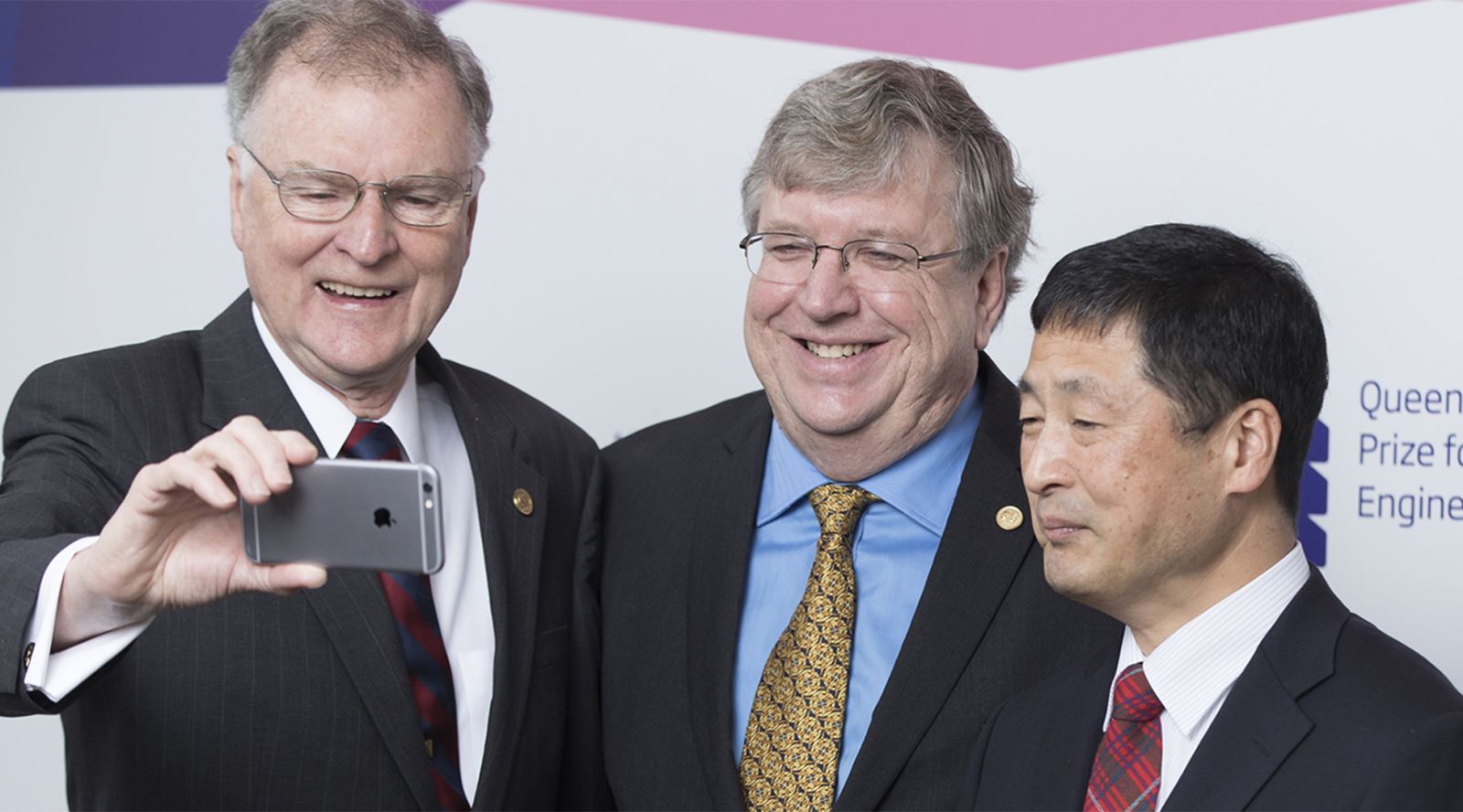Coming Up

-
CVP: Upcoming Courses
30 Apr 24 @ CVP: Various

-
MPTS 2024
15-16/05/2024 @ Olympia, London

-
KitPlus Show
18 Jun 24 @ SEC, Glasgow

Sponsor News
Top engineering prize for creators of digital imaging sensors
 Four engineers responsible for the creation of digital imaging sensors have been honoured with the world’s most prestigious engineering prize. The Queen Elizabeth Prize for Engineering is a £1 million prize that celebrates world-changing innovations in engineering. This year’s winners have received the prestigious award for their contributions in revolutionising the way we capture and analyse visual information.
Four engineers responsible for the creation of digital imaging sensors have been honoured with the world’s most prestigious engineering prize. The Queen Elizabeth Prize for Engineering is a £1 million prize that celebrates world-changing innovations in engineering. This year’s winners have received the prestigious award for their contributions in revolutionising the way we capture and analyse visual information.
Engineers Eric Fossum (USA), George Smith (USA), Nobukazu Teranishi (Japan) and Michael Tompsett (UK) were announced as the winners by Lord Browne of Madingley, Chairman of the QEPrize Foundation, in the presence of HRH The Princess Royal at the Royal Academy of Engineering, for their combined contribution to digital imaging.
Three generations of sensor
The prize was awarded for three innovations spanning three decades, which have radically changed the visual world; the charge coupled device (CCD), the pinned photodiode (PPD) and the complementary metal oxide semiconductor (CMOS) image sensor. Together, this image sensor technology has transformed medical treatments, science, personal communication and entertainment. Thanks to this series of engineering innovations, today’s cameras can fit on a fingertip and are found in countless portable devices around the world.
Every second, around 100 cameras are made using CMOS technology, allowing us to share in excess of 3 billion images a day. From uploading photographs and videos to social media, to enabling autonomous vehicles or biometric fingerprint recognition on smartphones and tablets, the global use of digital imaging has grown at a phenomenal rate.
Digital imaging sensors have enabled high-speed, low-cost colour imaging at a resolution and sensitivity that can exceed that of the human eye, offering instant access to intricately detailed pictures and video ranging from the minute scale of cell structures to images of stars and galaxies billions of light years from Earth.
HIstory of the digital sensor
The image revolution began in the 1970s with the development of the charge coupled device (CCD) by George Smith and Willard Boyle (now deceased) and later its use in imaging by Michael Tompsett. The CCD is the image sensor found inside early digital cameras that converts individual particles of light, or photons, into an electrical signal. The charge is then converted into a binary digital form by an analogue-to-digital converter, and the image is stored as digital data.
Originally intended for use in computer memory, it was Tompsett who recognised the imaging potential, inventing the imaging semiconductor circuit, complete with analogue-to-digital converter. The following decade, Nobukazu Teranishi invented the modern pinned photodiode (PPD), which reduced the size of light-capturing ‘pixels’ and significantly improved the quality of images. The development of the CMOS sensor by Eric Fossum in 1992 allowed cameras to be made smaller, cheaper and with better battery life.
Professor Sir Christopher Snowden FREng FRS, Chair of the Judging Panel, said of choosing the winner: “A picture is a universal form of communication. It can be shared instantly with anyone around the world, no matter what language they speak. We chose this innovation to win the QEPrize this year because it epitomises what the prize stands for. Everyone around the world, especially young people, understands the importance of images. This engineering innovation is inspirational, it is truly something that everyone can understand, and it has had a remarkable social impact worldwide.”
Chairman of the Queen Elizabeth Prize for Engineering Foundation Lord Browne of Madingley FREng FRS said: “The 2017 Queen Elizabeth Prize for Engineering is awarded to four engineers who have revolutionised the way we capture and analyse visual information. The spirit of international collaboration which drives the work of George Smith, Michael Tompsett, Nobukazu Teranishi and Eric Fossum encapsulates perfectly the ideals of the Queen Elizabeth Prize for Engineering. In honouring them we hope to inspire the next generation of engineers to continue to push back the frontiers of the possible.”
The QEPrize winners will be formally honoured in a ceremony at Buckingham Palace later this year and, along with the £1 million prize, each will receive an iconic trophy. The 2017 trophy was selected through the international Create the Trophy competition, and was designed by 15-year-old Samuel Bentley, from Wales.
Where to next?
Coming Up

-
CVP: Upcoming Courses
30 Apr 24 @ CVP: Various

-
MPTS 2024
15-16/05/2024 @ Olympia, London

-
KitPlus Show
18 Jun 24 @ SEC, Glasgow

Sponsor News
GTC on Facebook
.jpg)














